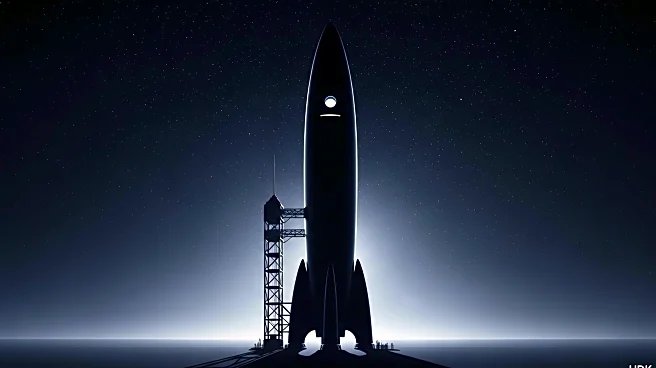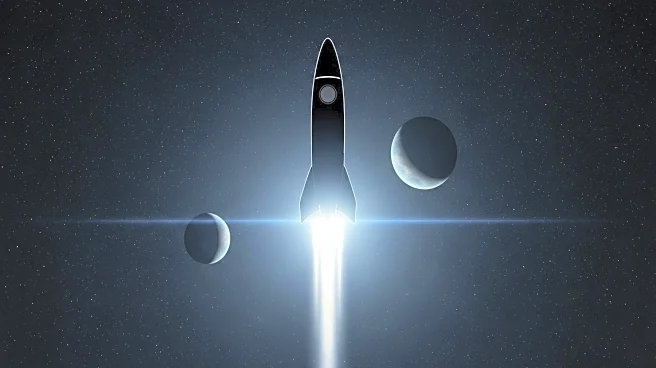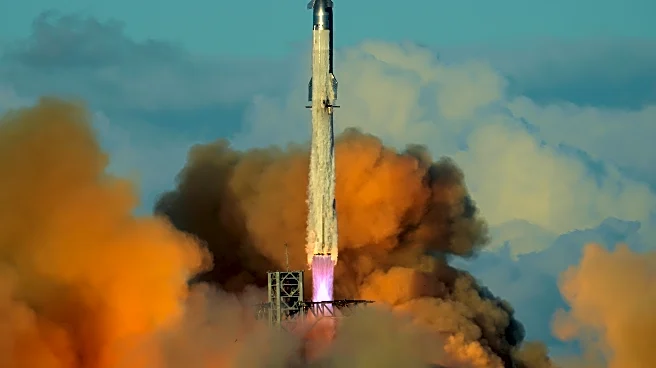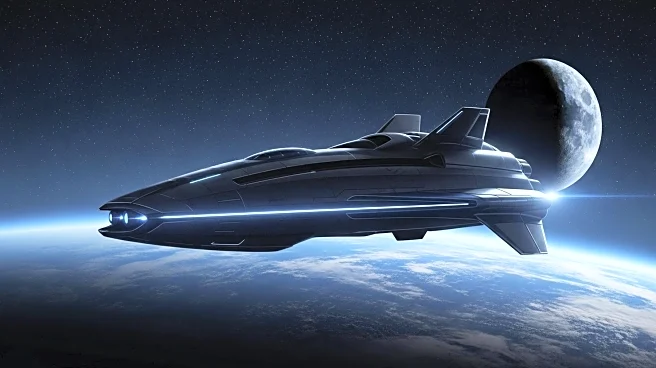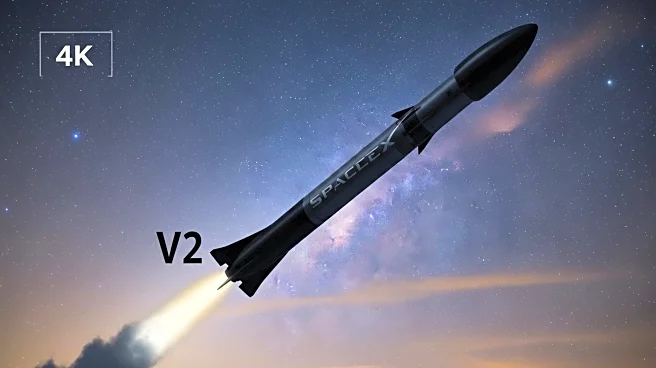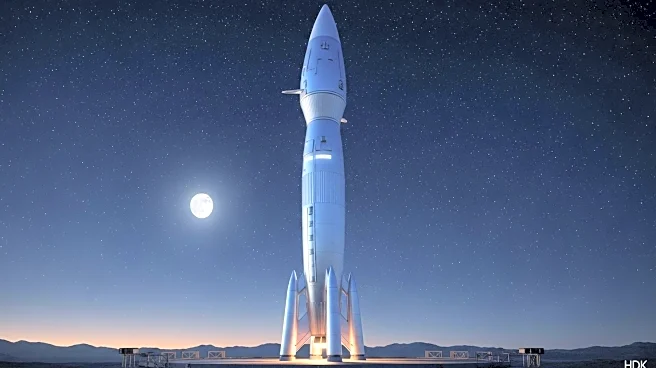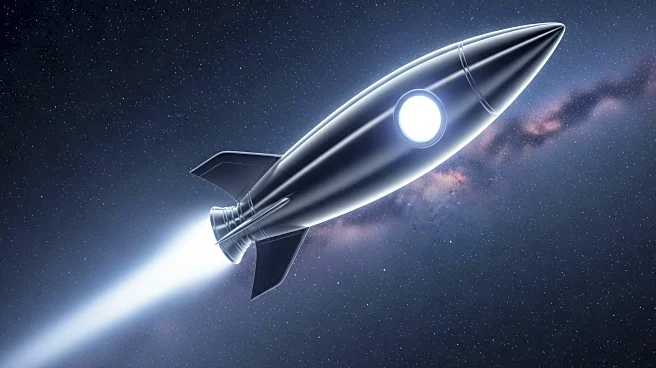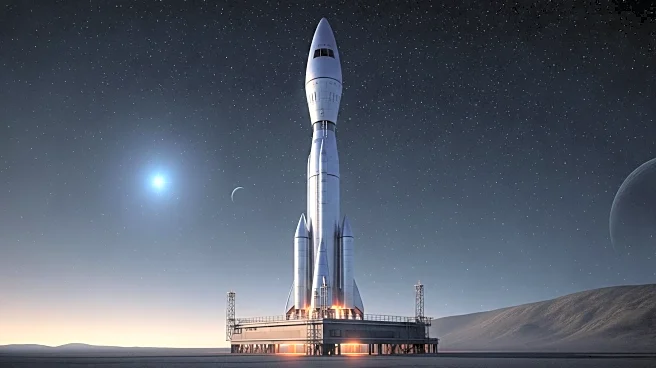What is the story about?
What's Happening?
SpaceX successfully launched its 11th Starship flight, marking the final test of the current 'Block 2' Starship/Super Heavy vehicle. The launch took place at Starbase, Texas, and involved a suborbital mission that lasted approximately one hour. Both stages of the rocket performed as planned, with the Super Heavy booster executing a controlled splashdown in the Gulf of Mexico and the Starship upper stage landing off Western Australia. The mission achieved several objectives, including the deployment of mock Starlink satellites, engine reignition in space, and testing new heat-shield tiles during reentry. NASA and SpaceX leaders praised the success, highlighting its significance for future lunar missions under NASA's Artemis program.
Why It's Important?
The successful test flight is a critical milestone for NASA's Artemis program, which aims to land Americans on the Moon's south pole by 2027. SpaceX's Starship is central to this effort, having been awarded a multi-billion-dollar contract to serve as the lunar lander for Artemis missions. The test validates SpaceX's recovery procedures and demonstrates progress in payload deployment and reentry survivability, essential for future crewed missions to the Moon and Mars. The success also underscores SpaceX's role in revolutionizing space travel economics, with Starship's capabilities potentially transforming satellite deployment and deep-space exploration.
What's Next?
Following the retirement of Block 2, SpaceX will focus on developing Version 3 of Starship, which will include orbital-refueling hardware necessary for crewed lunar and Mars missions. NASA is relying on Starship for its Artemis program, with Artemis 3 scheduled for 2027. SpaceX plans to upgrade its launch facilities and prepare for future flights, including a new orbital launch mount and improved capture arms. The next-generation Starship is expected to fly by late 2025 or early 2026, with a focus on proving refueling capabilities in orbit.
Beyond the Headlines
The success of the Starship test flight highlights the broader implications for space exploration and industry. SpaceX's iterative strategy of testing, failure, and retesting has proven effective, setting the stage for rapid advancements in reusable launch systems. The development of Starship could significantly lower the cost of space travel, enabling more frequent and ambitious missions beyond Earth's orbit. As SpaceX continues to innovate, the potential for establishing human presence on the Moon and Mars becomes increasingly feasible, aligning with long-term goals of space colonization.
AI Generated Content
Do you find this article useful?
